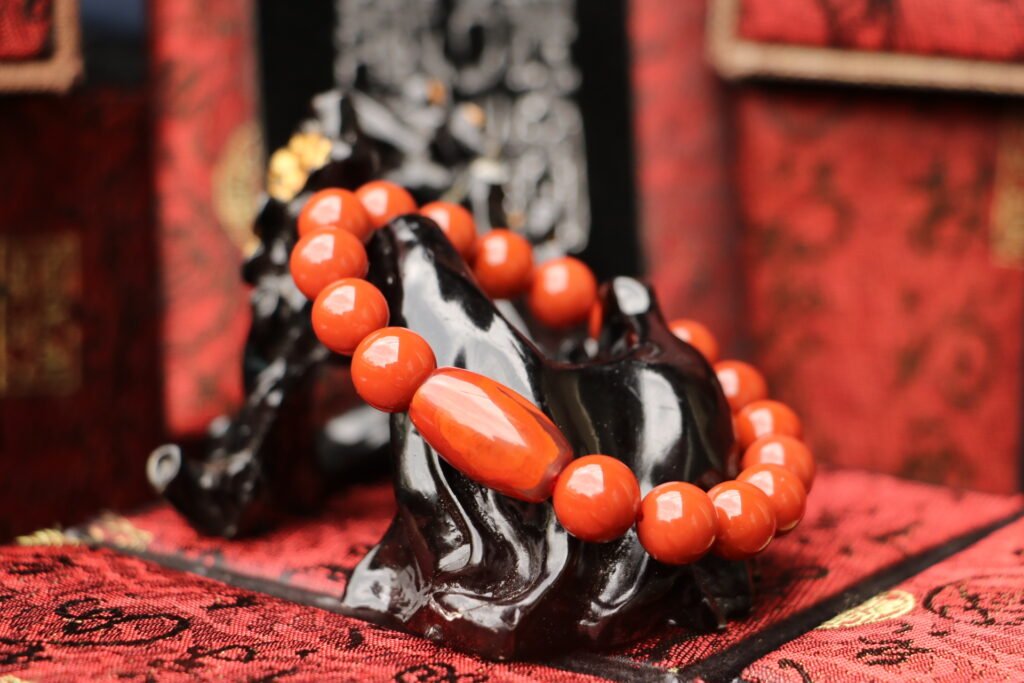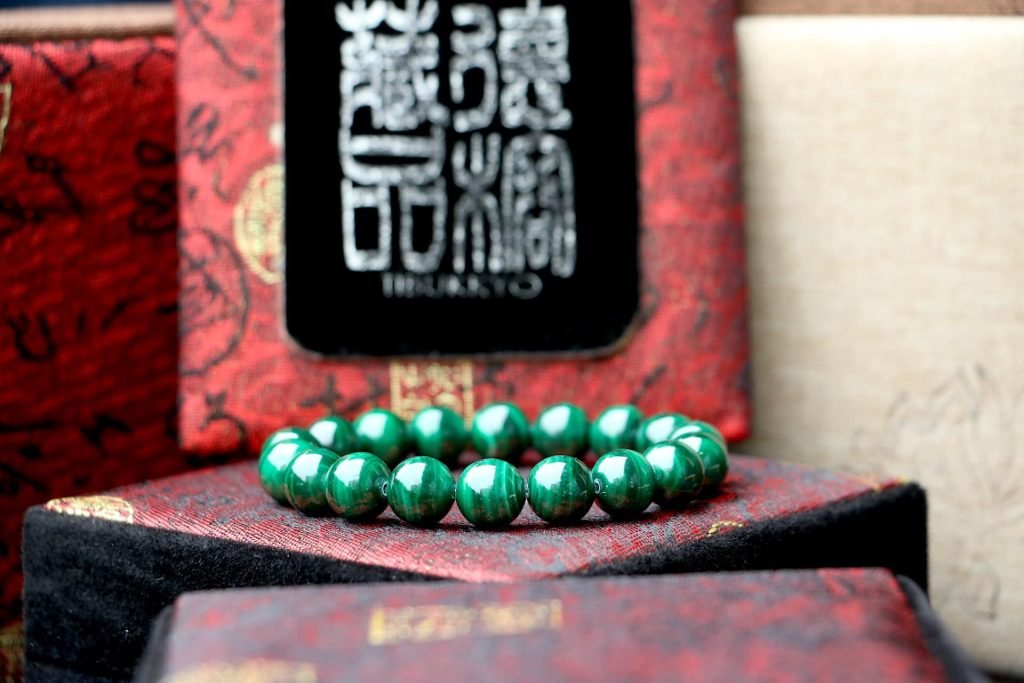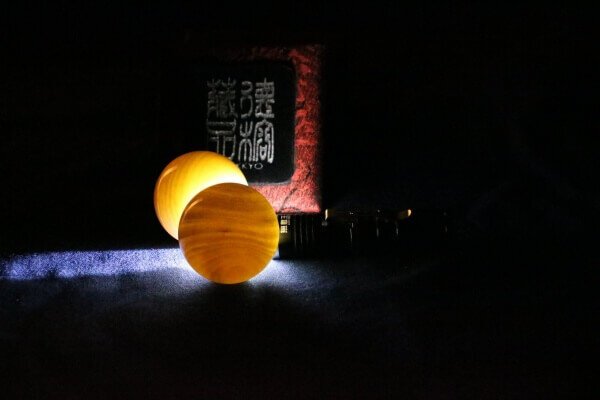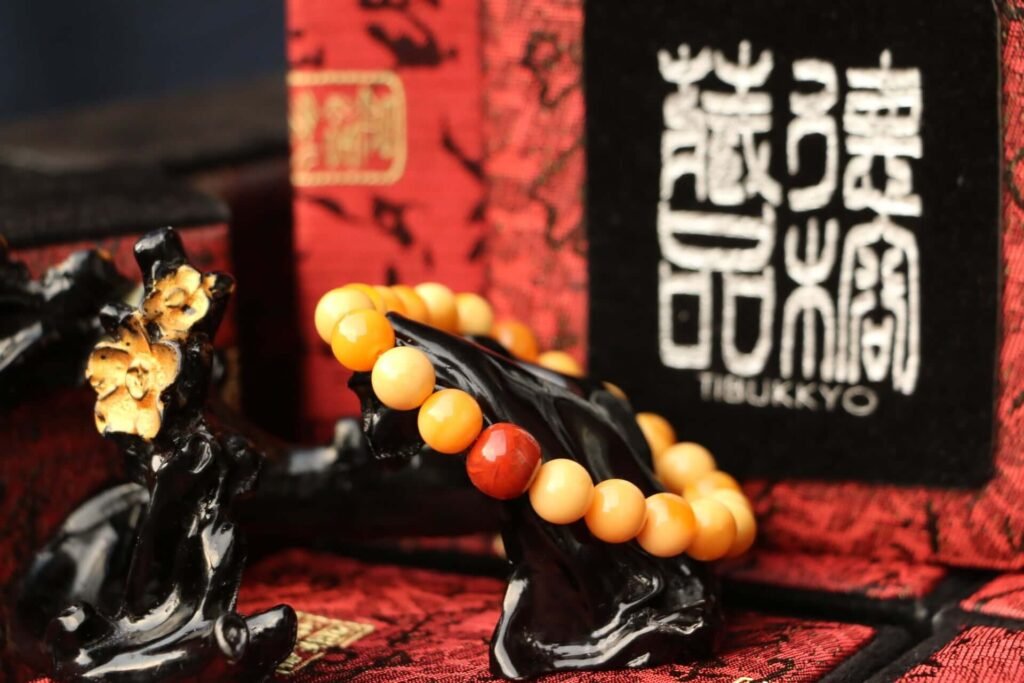The concept of yin-yang and five elements came from the 1st century BC. At the end of the Western Han Dynasty, based on the five-element theory of Suo Liji, theThe material basis of all things in the universe can be summarized asThe five elements of "gold, wood, water, fire, and earth"Call it the five elements. "Shangshu Hong Fan" records: "The five elements, one is water, the other is fire, the third is wood, the fourth is metal, and the fifth is earth."The theory of the five elements integrates the five numbers with colorlessness and the theory of the five elements' mutual restraint. What are the colors corresponding to the five elements?
The word "color" had a different meaning in ancient China than it does today. At first it only referred to complexion. It was not until the Tang Dynasty that "color" was used to refer to natural colors.
For example, "Color is haggard" in "Songs of Chu Yufu", and it is mentioned in "Shuowen Jiezi": "Yan is between the eyebrows; color is also the color of the face."; Duan Yucai's annotation is: "Every Shame, happiness, and worry are called "color", because "the heart is in the breath, and the breath is in the eyebrows", it can be seen that the original "color" refers to the complexion, not the color of all things. In the Tang Dynasty, the poet Du Fu wrote in his poem "Flower Bottom": "Know the good color, don't make mistakes." The idiom "colorful" also reflects the meaning of "color".
During the period of the Yellow Emperor, "yellow" was more respected. After the Yellow Emperor, through Shang, Tang, Zhou, and Qin, according to the theory of "Yin Yang and Five Elements", because the ancestors believed that the five elements are the five elements that produce the origin of all things in nature. The source of all things in the world is So, color is no exception. On the basis of the difference of "self-evident" and "black and white first", the relationship between color and the five elements of the natural movement of the heavens is gradually established. According to the natural Vientiane changes in spring, summer, autumn and winter, it corresponds to changes in clothing, food, carriages, and residences. From the perspective of five colors, the order of the five elements is water, fire, wood, gold, and earth, which correspond to black, red, blue, white, and yellow, respectively, and the color symbolizes it.
The traditional Chinese five-color system regards black, red, blue, white, and yellow as positive colors. Black is considered the color of the sky in the Book of Changes. White has multiple meanings in the ancient Chinese color concept. Red symbolizes auspiciousness and joy among the people. Cyan symbolizes the vigorous spring. Yellow has a special symbolic meaning. It is located in the center of the five elements and is the color of the earth.
Five elements of water, black water:
For example, in terms of the attributes of water, water is called moistening, and things with the properties of nourishing, descending, cold, and storing belong to water. Rivers and seas do not choose trickles, so they can be as deep as they are. Water is inclusive of all things. If it is divided by genus, the corresponding beads are made of clams, pearls, and white crystals. For example, in terms of color, water corresponds to black, and black dominates water. People who lack water in the five elements can also wear black tourmaline beads, obsidian beads, black needle stone beads and other accessories.

Obsidian/Golden Obsidian
Obsidian (Obsidian) is a common black gemstone and volcanic crystal, also known as "Dragon Crystal, Tokachi Stone". It is a naturally formed silicon dioxide, usually dark black. Among the traditional Buddhist cultural relics, there are quite a few obsidian holy objects or Buddha statues about town houses or evil spirits. Obsidian is also the best gemstone for Buddhist practice and giving.
Five elements fire, red main fire

Red Agate
Southern red agate, known as "red jade" in ancient times, has a fine and oily texture. The red pearl (true pearl) in the seven treasures of Buddhism refers to the southern red agate. There are many kinds of Nanhong materials, and the main production areas are Baoshan Nanhong, Liangshan, and Jiukou. Although Baoshan is currently the most expensive in the market, the cracks in Baoshan are relatively obvious.
Five elements wood, blue main wood

malachite
Malachite is an ancient jade material whose main component is basic copper carbonate. The English name of malachite is Malachite, which comes from the Greek word Mallache, which means "green". In ancient China, malachite was called "green green", "stone green" or "green langgan".
Five elements gold, white main gold

Tridacninae
The term Tridacna began in the Han Dynasty. Tridacna, pearls, coral, and amber are known as the four organic gemstones in the West. In Chinese Buddhism, gold, silver, glass, agate, coral, and pearls are also revered as one of the seven treasures.
Five Elements Soil, Yellow Soil

Myanmar Topaz
Burmese topaz belongs to Burmese topaz and belongs to quartz. After playing with it for a long time, the color will be covered with paste, and the color will be more moist, like beeswax. The color is soft, and the meat is even and delicate. The color of Burmese yellow ranges from light to deep, and can be divided into light yellow, light bright yellow, chicken oil yellow, bright yellow, orange yellow, and special Burmese red. The less impurities and the fuller the color, the higher the collection value.
TIBUKKYO Derong Collection
We are Taiwan handmade beads design brand - TIBUKKYO, we believe that adornment is not just about looking good, but also about feeling good and connecting with the spiritual world. That's why we offer a wide variety of spiritual adornments, including Bodhi seeds, Southern Red Agate, natural Tridacninae, Six Realms Wood, Burmese Yellow Jade, Tiger Eye Stone, and more.

